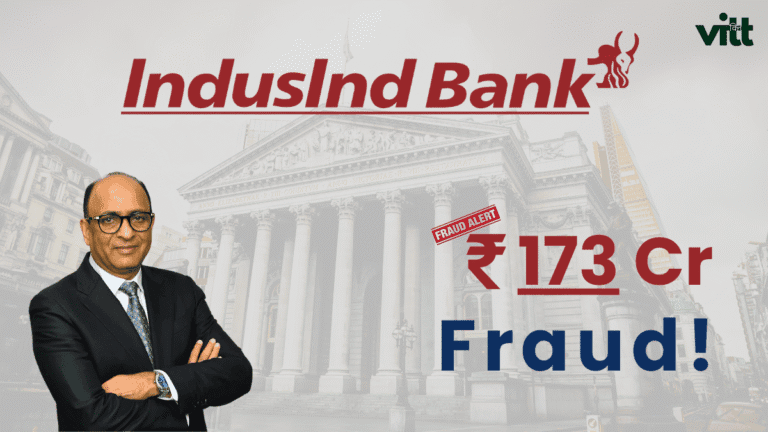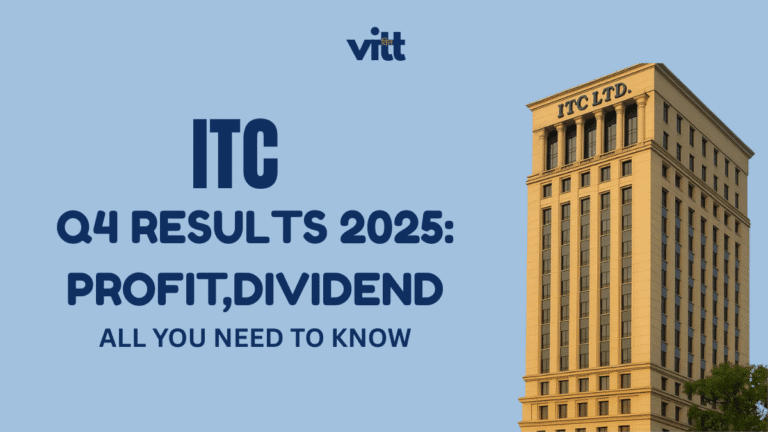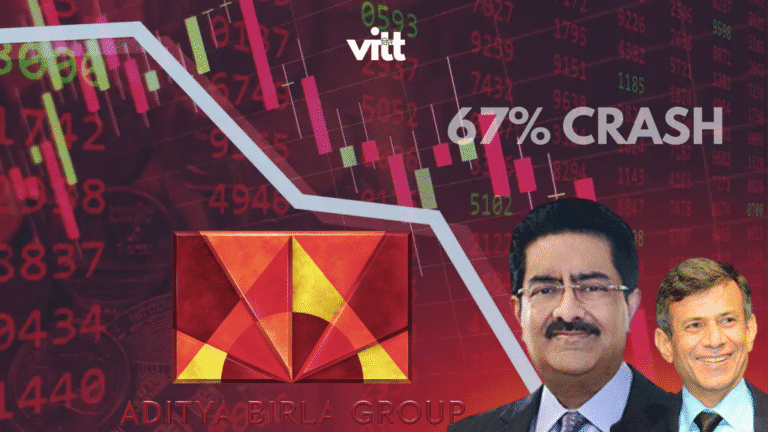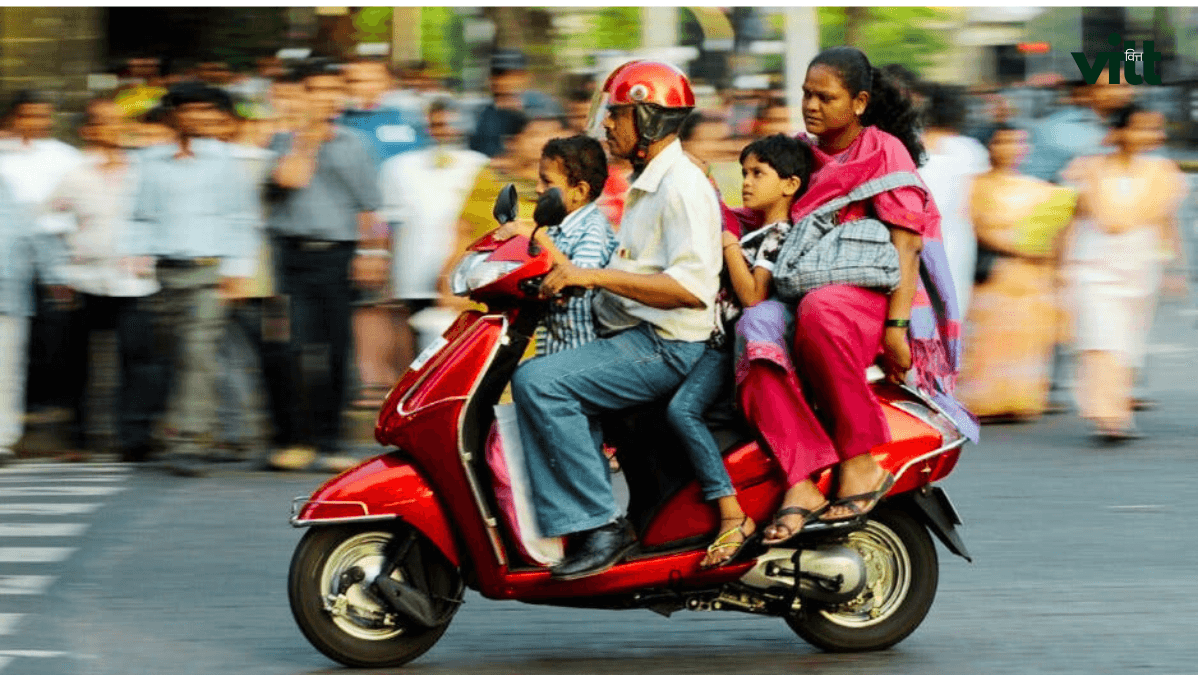
Struggling middle class people in India
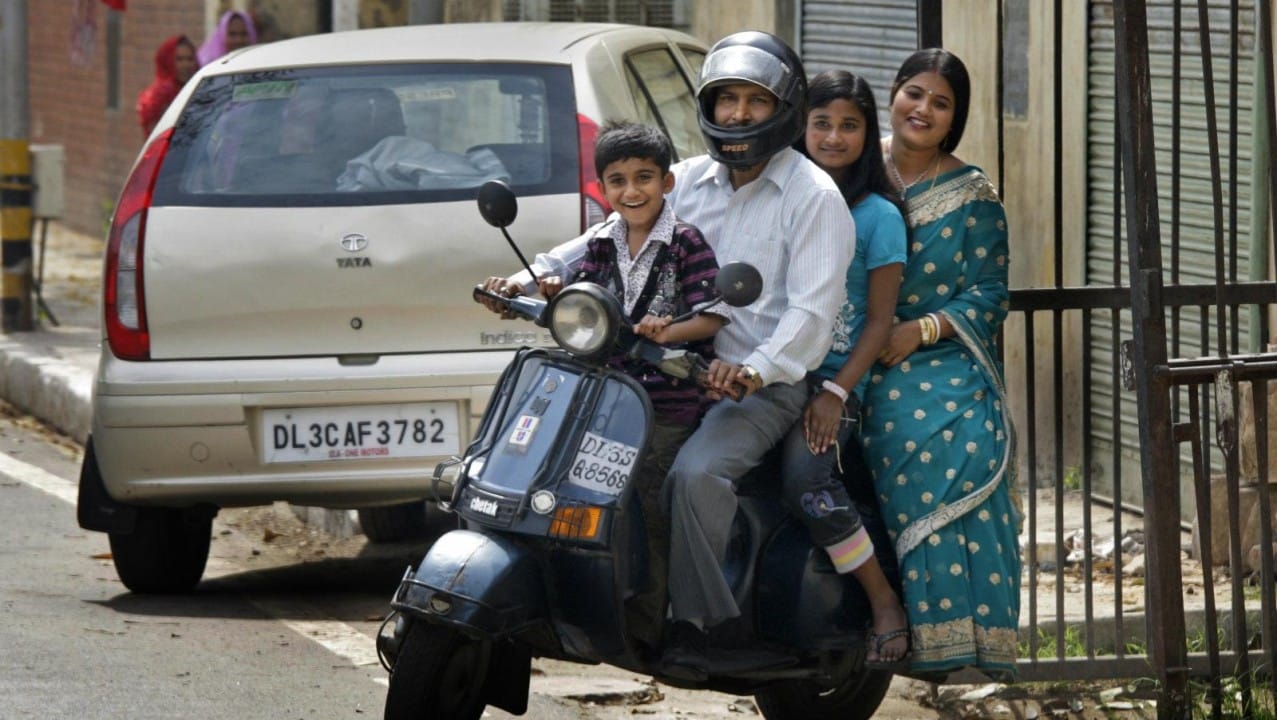
Photo Credit: LinkedIn
India’s middle class has always been extolled for being the very backbone of the Indian economy—driving consumption, creating opportunities for savings, and contributing heavily to tax revenues. Beneath this dynamic resilience lies the harsh reality of stagnated wages for millions of middle-income earners in the face of soaring living expenses. Ashish Singhal, Group CEO of PeepalCo, accused this disparity of being “the biggest scam no one talks about” in his recent remarks on LinkedIn. This sheds light on a crisis that has been brewing silently, leading to the financial instability of a class pivotal to the growth story of India.
Numbers Tell the Story: The Divide Widening
Indians earning anywhere between ₹5 lakh and ₹1 crore per annum—in a ratio high enough to identify urban middle classes—have barely seen salary growth at 0.4% CAGR over the last ten years. All the while, inflation has been steadily pushing up prices of essentials. Food is almost 80% more expensive now, and things like urban housing, education, and health care have risen in price even faster. This price-salary mismatch leads to diminishing purchasing ability for the middle class and thus paves the way for hard choices for families such as cutting on savings, postponing treatment, or reconsidering little joys.
Singhal’s critique cuts to the core: the middle class is expected to “absorb the shock—in silence,” while welfare schemes target the poor and economic policies often cater to the wealthy. This oversight leaves millions caught in a financial squeeze, their struggles largely invisible to policymakers and the public alike.
Why the Middle Class Matters
It is not just a statistic-the middle class is the engine of India’s consumption economy. Indians demand everything here, from food to cars, creating industries that in turn create GSDP growth. Nevertheless, saving and tax revenues are disbursed by the middle class to fund government initiatives and infrastructure projects. It was estimated that the middle class made up 31% of India’s population in 2021 and that this figure could rise to 38% in 2031 and almost 60% in 2047. But I wonder if the erosion in their economic security will be anything but a downside to this growth.
A Well-Dressed Decline
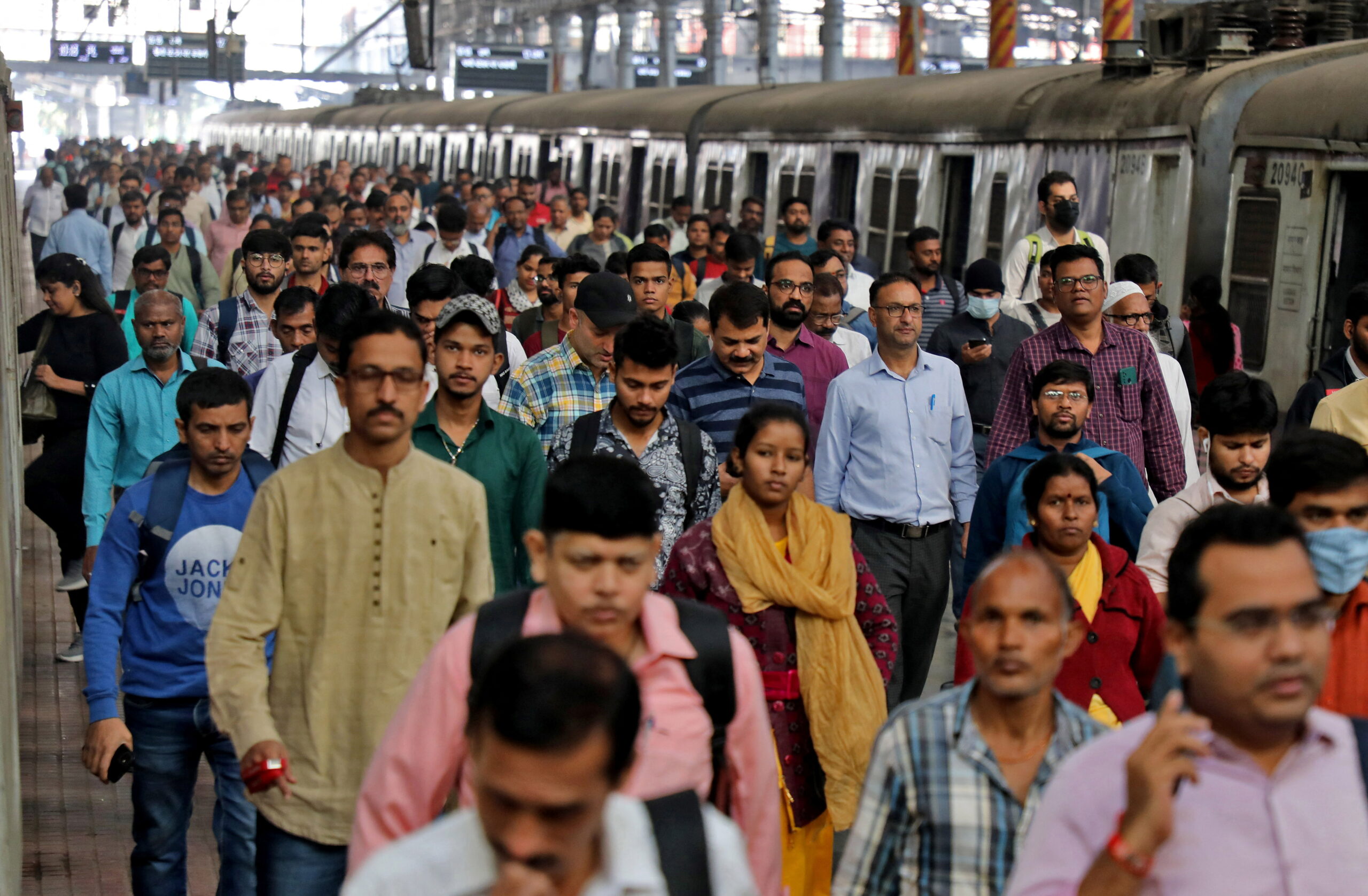
Singhal describes this crisis as a “well-dressed decline”- a slow bleed disguised by the trappings of modern life. Indulging in the once-a-year vacation, the newest gadgets, or movies splurges on EMI-all this conjures up an image of prosperity, and yet many families cannot bear an unplanned expense that comes along with them. Suddenly it is not a massive collapse but a slow unwinding, stretching cash on every rupee with growing doubt on the reinforcements of financial security.
This trend is not peculiar to India; yet in India, it is evidenced with some unusual speed. In countries such as the United States or Germany, wage growth has commonly kept in step with inflation, strongly blessed by labor markets or policy. In India, the case is different due to several structural reasons. Manufacturing, which should be the largest generator of well-paying middle-class jobs, remains underdeveloped at a mere 17% of GDP (compared to 29% in China). Meanwhile, automation and AI are disrupting traditional white-collar roles, adding pressure to an already strained workforce.
The Bigger Picture: Economic Risks
The stagnation of middle-class incomes is not just a struggle for the individual; it is a warning sign on the macroeconomic front. When the very drivers of consumption cut back or pile up on debt, the consequences ripple into the economy. Realty, automobile, and consumer goods sectors, they say, have shown all the signs of slowdown, so any slowdown could turn into a deeper slump. Savings are most crucial while forming capital, but they are at stake when a family chooses to dip into reserves or cut down on savings altogether. If this trend continues, India’s growth story could see the reverse track, taking away its sustaining demographic.
What Is Driving This Crisis?
Several forces are still laying stress:
- Inflation Outpacing Wages: Salaries are yet to increase, but the cost of living has kept mounting, more so in cities. Rent, school fees, and grocery bills are outstripping what most middle-income budgets can sustain.
- Job Market Shifts: Automation and AI are transforming the employment landscape; experts warn, such as Saurabh Mukherjea of Marcellus Investment Managers, of a “massive detrimental influence” to affect middle-class jobs in the next 10 years.
- Policy Gaps: Governments tend to focus on poverty or corporate incentives, leaving out the middle class. Singhal’s point that they are left to fend for themselves is apt here.
- Debt Dependency: Incomes are stagnant so credit cards and loans become the means to get by, setting up a vicious cycle wherein debt payments start eating into future earnings.
Solutions: A Path Forward
There is a need to act simultaneously on different fronts to tackle this depressingly collapsing scenario:
- Fair Wage Growth: Companies must align salary increments with inflation and productivity gains to ensure worker earnings do not lag behind rising profits.
- Targeted Policies: The government may consider tax relief, affordable housing projects, or education subsidies specifically for the middle class in recognition of their distinct role and problems.
- Job Creation and Upskilling: Enhancing job opportunities in labor-intensive sectors like manufacturing and upskilling programs will empower workers in adapting to the changing economic scenario.
- Financial Empowerment: And teaching financial literacy through schools, workplaces, or by way of public campaigns would help these families manage their money better, and avoid debt-traps.
vitt’s take..
(vitt – Where India Reads is a space for making Business and finance stories digestible and relevant to India’s digital generation.)
India’s middle-class salary crisis, beyond being merely a financial crisis, is a call to rethink how we value and support the people who keep the economy running. Singhal’s “biggest scam” is not simply a provocative phrase—a clarion call! The middle class deserves more than just applause for their resilience; they deserve solutions that are commensurate with what they have contributed.
If left unchecked, this silent scam has the power to demolish the aspirations of millions and lay an unstable foundation for the future of India’s economy. So let’s talk about it—loud and clear.
For more such updates on Daily news, Business, startups and Loan Management subscribe to vitt – Where Bharat Reads….

